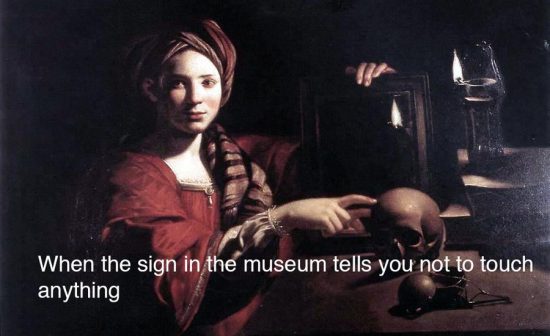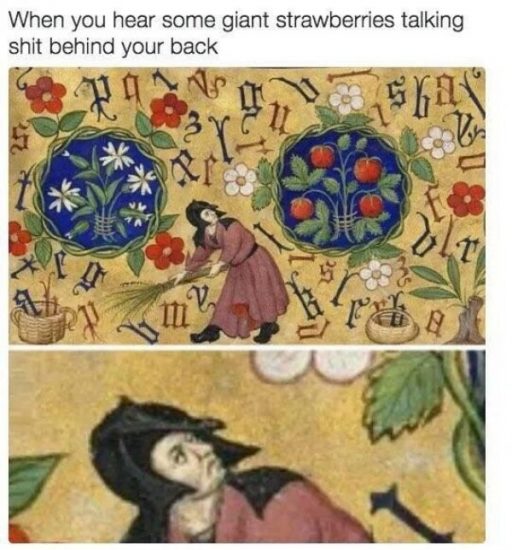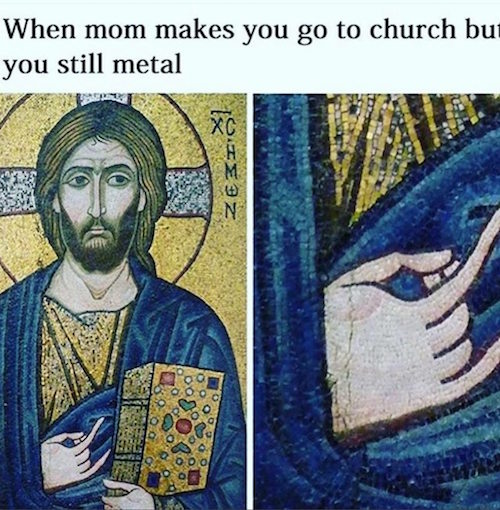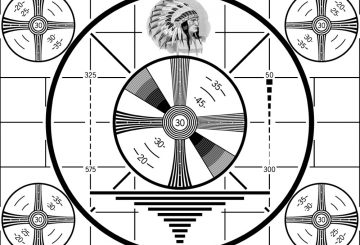Friday Degustation: serve from the left
A Curator’s Dream
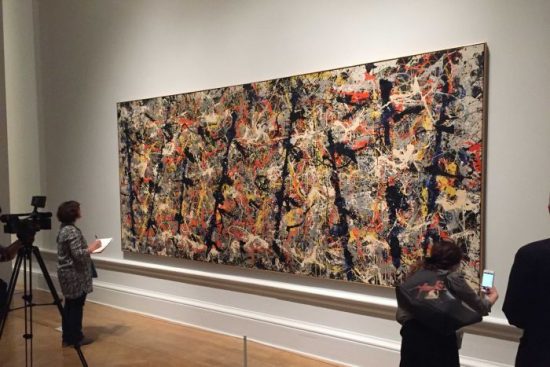
There’s a great tradition in the Liberal Party for idiot senators to take up an anti-art cause in the guise of some kind of egalitarian gesture. The latest such iteration is the assertion by Victorian Liberal James Paterson that the National Gallery of Australia should sell Jackson Pollock‘s Blue Poles. As the ABC reported “The balance between cultural and financial value is in the spotlight, with Victorian Liberal Senator James Paterson arguing iconic Jackson Pollock painting Blue Poles should be sold off to help pay down the national debt. The controversial artwork was snapped up in 1973 with the approval of then-prime minister Gough Whitlam for a record amount of $1.3 million dollars. [>] “It’s estimated for insurance purposes recently to be worth up to $350 million,” he said. “But my view is that it’s not appropriate for the Federal Government to own a single piece of art worth $350 million, it would be one of the most expensive paintings in the world. “It’ll only be worth something to taxpayers when we sell it. Some people feel like they’ve got a real attachment to Blue Poles, and I understand that, but I don’t think it’s a good enough reason for the Australian Government to tie up such a significant amount of money in a single painting which is hung in a gallery in Canberra most of the year, and which most Australians won’t ever see face to face in their lifetimes.”
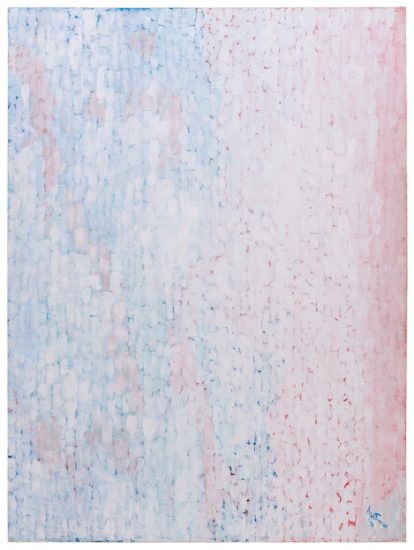
Of course, it’s easy to dismiss Senator Paterson’s claim for the misinformed and disingenuous argument it is – sure, the painting might be worth $350 million dollars but like many such claims one need only calculate how many day’s worth of franking credits refunds that equals and realise that it’s a classic example of a false economy. As we reported recently, regional galleries in both the US and the UK have sold valuable works to keep the museums open, and this has been the justification, but perhaps there’s a another reason for selling off key works, not to keep the place open, but to increase diversity. [>] “In an effort to diversify its collection and address art-historical gaps, the San Francisco Museum of Modern Art (SFMOMA) deaccessioned a prize Marc Rothko painting for $50.1 million at Sotheby’s contemporary evening sale last month. Now, just five weeks later, the museum is putting the money where its mouth is. Today, SFMOMA is announcing the acquisition of 11 works by 10 artists, all purchased with funds from the sale. Each work addresses a missing link in the institution’s permanent collection, says Gary Garrels, the museum’s senior curator of painting and sculpture, who led the accession effort with chief curator Janet Bishop. And in almost every artist’s case, this is their first work to enter SFMOMA. “This is a curator’s dream,” Garrels tells artnet News. “This doesn’t happen very often. Our accession funds in a normal year are very limited, but this has allowed us to do the thing that we want to do the most. Diversifying the collection is the most pressing and essential task for us.”
Capturing Nature
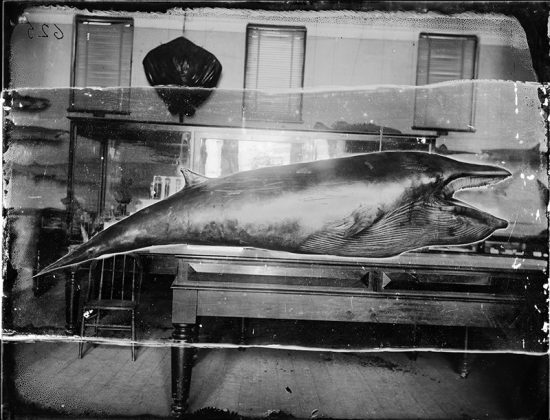
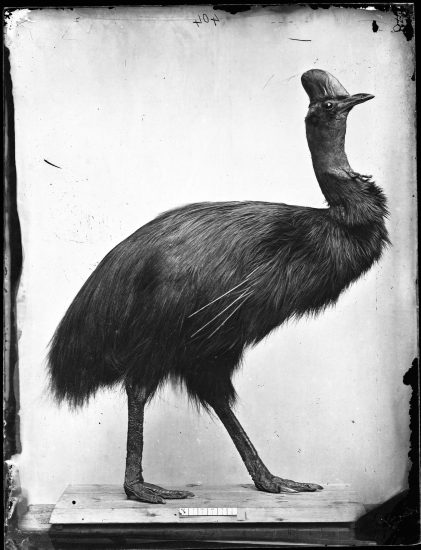

“In Capturing Nature at the Australian Museum Sydney, we travel back to a time when photography was revolutionising science, art and society. These never-before-seen images dating from 1857 to 1893 have been printed from the Australian Museum’s collection of glass plate negatives and are some of Australia’s earliest natural history photographs. Sitting at the nexus of science and art, they tell both the story of pioneering research as well as the advent of photography in the young colony less than 20 years after the birth of photography in Europe. With rich, silvery, large-format prints, period cameras and some of the original skeletons and taxidermied animals featured in the photographs, Capturing Nature brings to life the story of one of humankind’s greatest inventions and a Victorian obsession with immortality. Exhibition open until 21 July 2019.”
Kyneton Contemporary Campaign!
After a number of recent appeals for donations one might feel a little short for another round of fundraising appeals… but this one is a good one, and deserves your money! Kyneton Contemporary are rating funds to help them publish ‘Force Fields: Art, Architecture and Audience’, the official publication of KCAT. [>] “Containing great photographic imagery and insightful writing about the artists and the event, this book provides a unique look into a multi-site contemporary art event in a regional setting. The KCAT team have put together a little video that will give you a clear idea of what KCAT was (and is) as well as what this new book is going to be representing. Full of great art and interesting insight, passionate people and wonderful towns – check it out below. Share it with anyone you think who might be interested – spread the word!” They’re sitting at just under $2,000 from the target of $7,000, and with just over a week to go, you can make all the difference.
More Giant Rock
You may recall our review a few months back of [>] Uncertain Territory at Art Bank and one of that small gem of a show’s stand out works, Tina Havelock Stevens‘ Giant Rock. For those who’ve come in late, THS’s video, shot in the Californian desert, featured… a giant rock. And not just any large rock but one that has its own following, and it turns out that Atlas Obscura has a great short video on the very same subject [>] “Giant Rock in Landers, California, is made of thousands of pounds of granite, and is widely considered to be one of the biggest freestanding boulders in the world. It is said to have been important to Native American communities, and throughout its history, it’s attracted hermits, UFO fanatics, and Instagram pilgrims.”
Follow: @hiroshisugimoto_
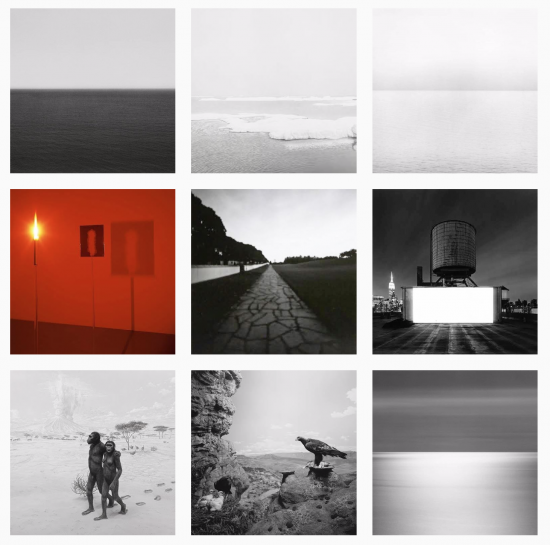
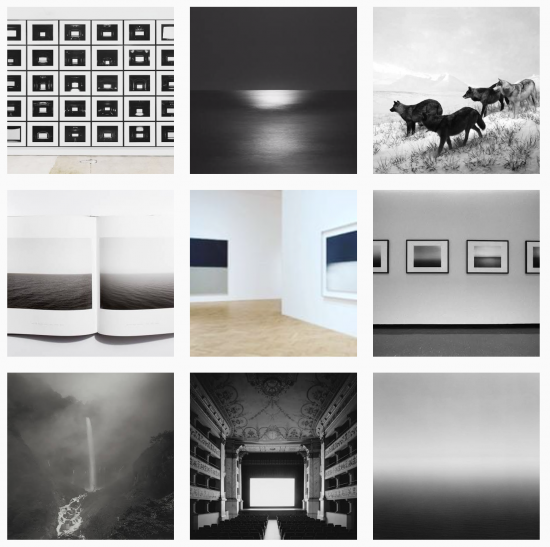
Hiroshi Sugimoto‘s work has rarely been shown in Australia outside of some very expensive and luxurious art books, so the chance to see the artist’s work, albeit online but curated by the man himself, is a must. While Sugimoto, photographer and architect, has only been on Instagram for a a few months, his @hiroshisugimoto_ account is already a must follow…
Watch This: The Icebreaker
Assorted Links
“The most interesting artist of her generation has been not so much underrated in standard art history as not rated at all” [>] Berthe Morisot, “Woman Impressionist,” Emerges from the Margins
Mesmerizing Translucent Waves [>] from 19th Century Paintings
“Once local and irregular, time-keeping became universal and linear in 311 BCE. History would never be the same again…” [>] A revolution in time
The artist is still defying gravity and convention in a 70-year career that has embraced most strains of postwar art [>] Greek sculptor Takis on his Tate Modern show at the age of 93
Why 1982 Experimental Documentary ‘Koyaanisqatsi’ Is [>] Still A Must-See In This Time Of Climate Change
Filling in the Blanks [>] A Prehistory of the Adult Coloring Craze
[>] Why Data Will Never Become More Important Than Schmoozing
Mind-Blowing artwork from [>] the anime classic Akira
“Despite a flurry of online art startups launching in the past decade, the art world remains dominated by elite auction houses such as Christie’s and Sotheby’s” [>] Art buying was supposed to be disrupted by the internet – what happened?
And finally…
Looking for an art history meme? Some rock, others suck, as is the way with memes, but the journey is kinda fun [>] 54 Art History Memes That Belong in the Effing MoMA
